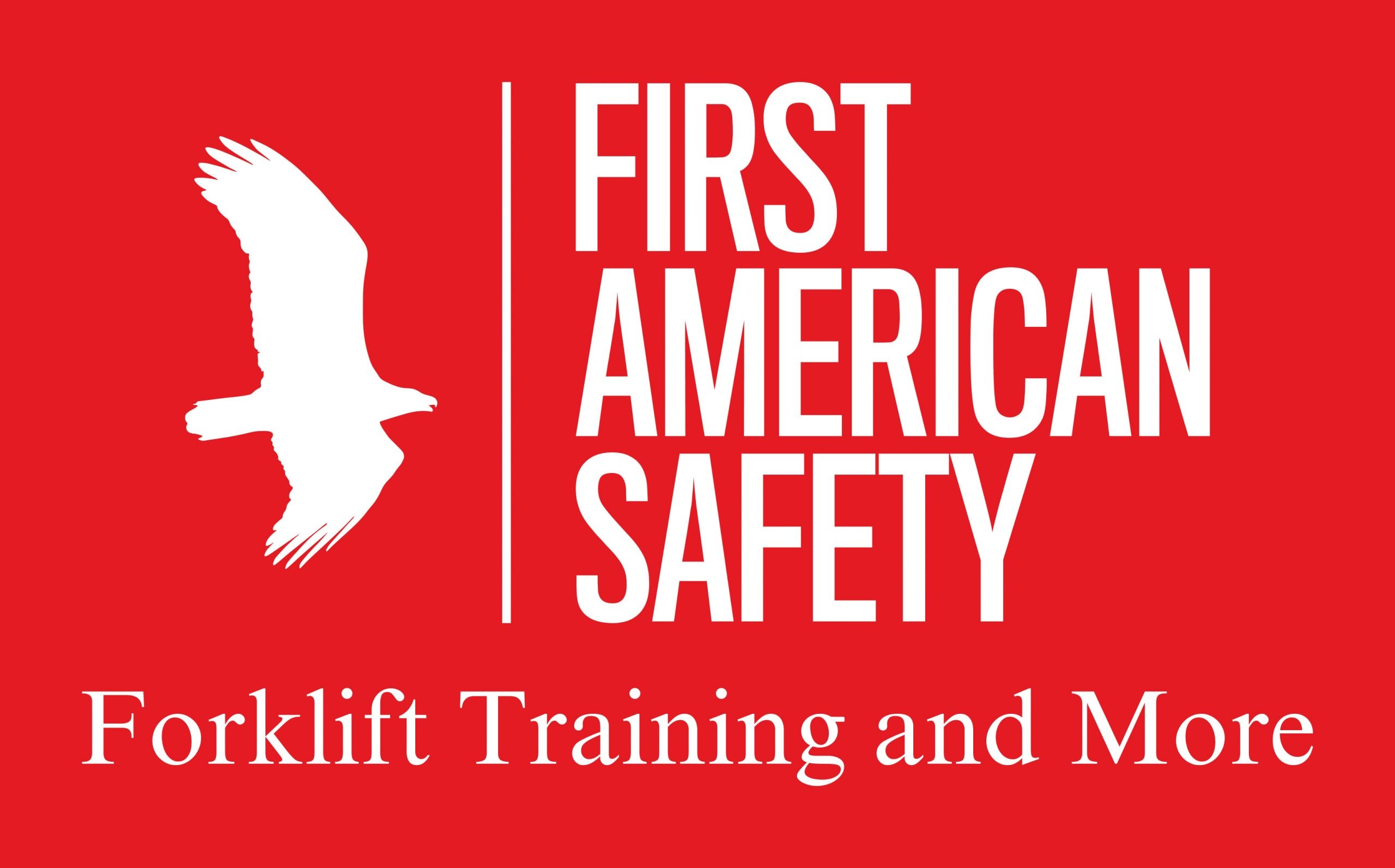Need some free safety meeting topics?
Welding and Cutting – What You Need to Know
Welding and Cutting Tailgate Safety Topic
Staying safe during welding and cutting operations depends on your understanding of the hazards of the task and the proper ways to control them. Some welding safety controls that must be used include eye and face protection, respiratory protection, ventilation, protective clothing, and ensuring your equipment is safe to use.
Exposure to ultraviolet light is a major eye hazard. Welders should wear filtering eyewear with shade from 2 to 14 depending on the type of welding being done. Employees working nearby should wear eye protection as well. The welding area should be surrounded by welding screens to protect people outside of the welding area.
All welding processes generate fumes and gases which are harmful if inhaled. Some gases generated include carbon dioxide, carbon monoxide, ozone, and other gases which may replace breathable air. These gases can result from the welder itself, and some may be released by the material being worked on. Dangerous fumes can also be created, including cadmium, lead, cyanide, nickel, beryllium, and others. Check the safety data sheets for the material being worked on for protective measures. The worker should always wear respiratory protection appropriate for the job.
Mechanical ventilation at the rate of 2,000 cubic feet per minute per welder is required if the area is more crowded than 10,000 cubic feet per welder; has a ceiling height of less than 16 feet; or in confined spaces where structural barriers significantly obstruct cross ventilation. Additional specific ventilation requirements are necessary for fluorine compounds, zinc, lead, beryllium, cadmium, mercury, and for stainless steel that is oxygen cut using either a chemical flux or iron powder or gas shielded arc cutting. Where it is not possible to provide this ventilation, airline respirators, hose masks, or self contained units must be used. Oxygen should never be used for ventilation, since it may cause fire or explosion.
All parts of the body should be protected from radiant energy, sparks, and molten metal splashes. Clothing made from wool, or wool blends, is generally better than cotton. Some cutting operations such as inert-gas metal arc welding will cause exposed cotton clothing to rapidly deteriorate. Leather capes, jackets, leggings, and aprons provide additional protection especially in vertical, or overhead operations. Use of dark clothing will help reduce reflected light.
All welding equipment should be inspected each day prior to use. Report any defects found in regulators, torches or electrical components to a person that is qualified to make the necessary repairs.
